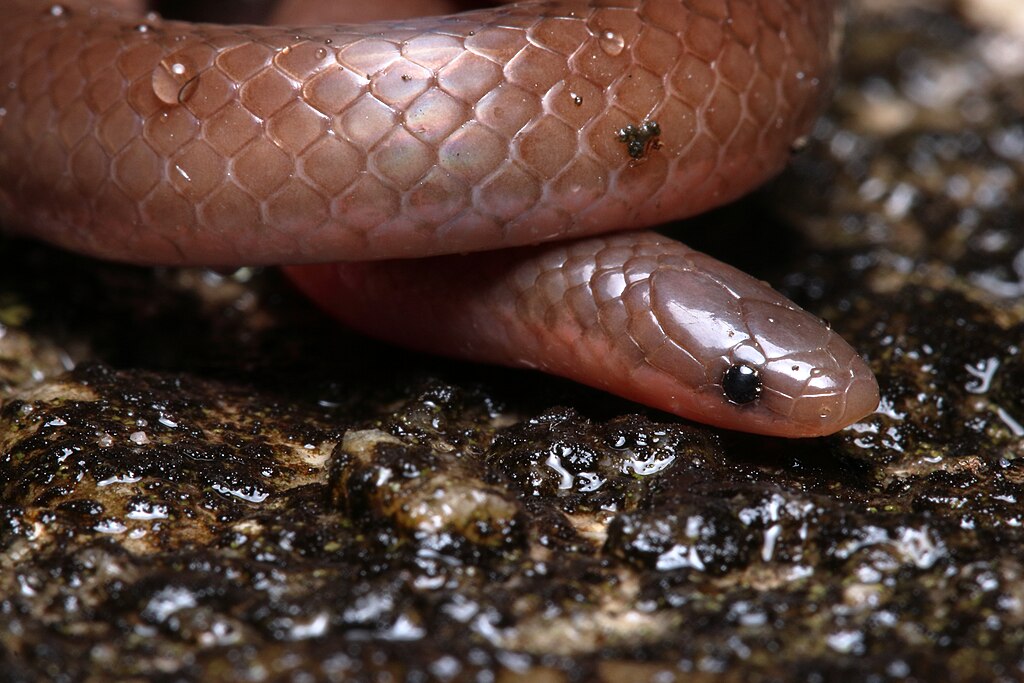When we think of snakes, we often picture them basking in the sun on hot rocks, seemingly enjoying the warmth. However, there’s much more to a snake’s relationship with temperature than meets the eye. Unlike mammals, snakes are ectothermic (cold-blooded) creatures, meaning they cannot internally regulate their body temperature. Instead, they rely entirely on their environment to maintain optimal body temperatures. This fascinating adaptation makes cool retreat zones absolutely essential for their survival. In this article, we’ll explore the intricate world of snake thermoregulation and why access to cooler spaces is just as vital as heat sources for these remarkable reptiles.
The Fundamentals of Snake Thermoregulation
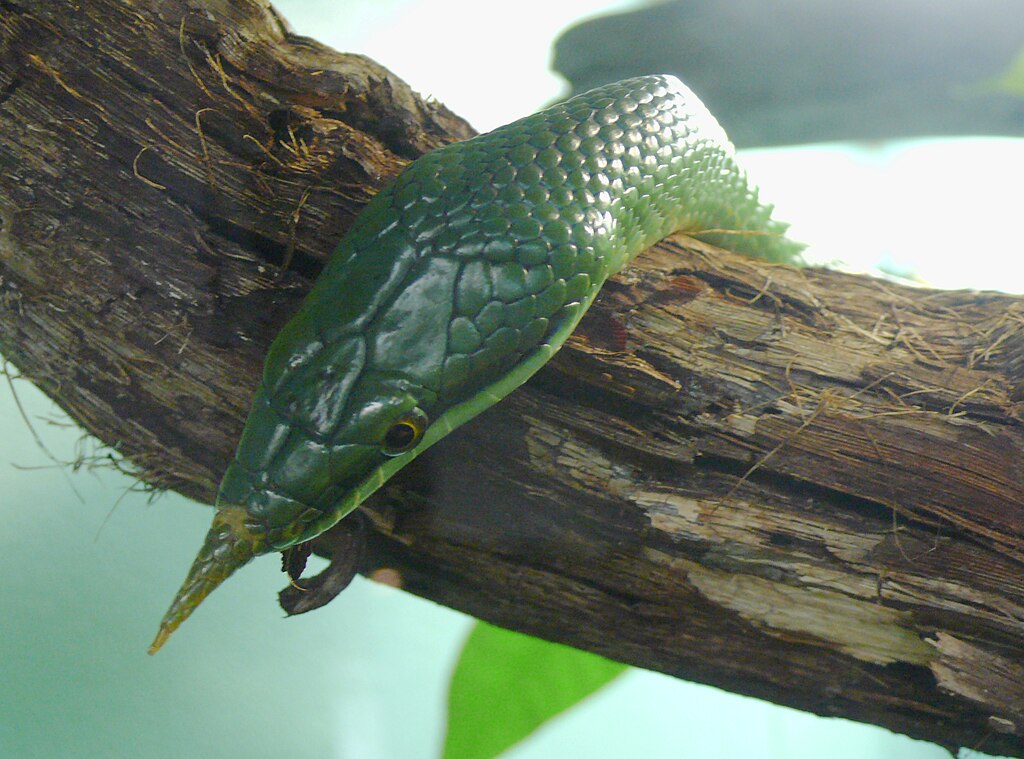
Snakes, like all reptiles, are ectothermic animals, meaning they cannot generate their own body heat through metabolic processes as mammals do. Instead, they must rely on external heat sources and environmental conditions to regulate their body temperature. This physiological reality creates a constant balancing act for snakes, who must move between warmer and cooler areas throughout the day to maintain optimal functioning. Unlike humans who maintain a relatively constant internal temperature regardless of environment, a snake’s body temperature fluctuates with its surroundings. This unique adaptation allows snakes to conserve energy but also makes them particularly vulnerable to environmental extremes, especially when they cannot escape excessive heat.
The Danger of Overheating in Reptiles
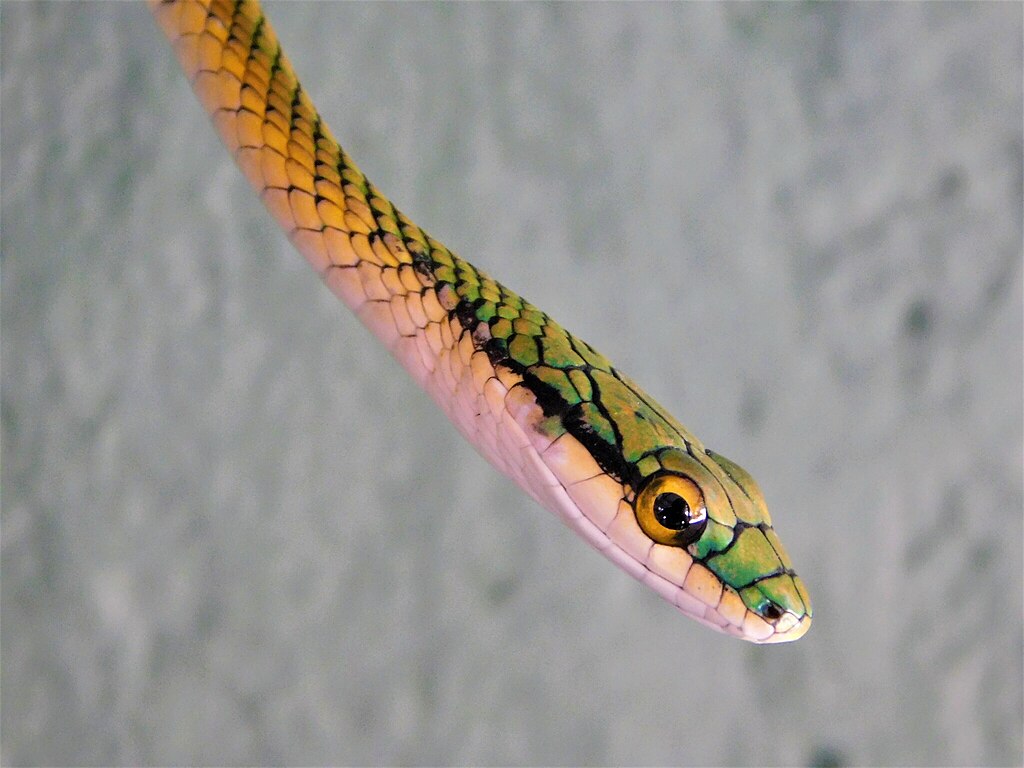
Overheating poses a serious and potentially fatal risk to snakes that cannot escape high temperatures. When a snake’s body temperature exceeds its critical thermal maximum—typically around 38-40°C (100-104°F) for most species—vital physiological processes begin to break down rapidly. Proteins in the snake’s body can denature, enzymes cease functioning properly, and neurological damage can occur. Unlike mammals who can sweat or pant effectively, snakes have limited options for cooling down once they’ve become too hot. In severe cases, hyperthermia (overheating) can lead to organ failure, brain damage, and death within minutes or hours. This vulnerability to heat stress makes cool retreat zones not just a comfort but a critical survival necessity for all snake species.
Behavioral Thermoregulation Strategies
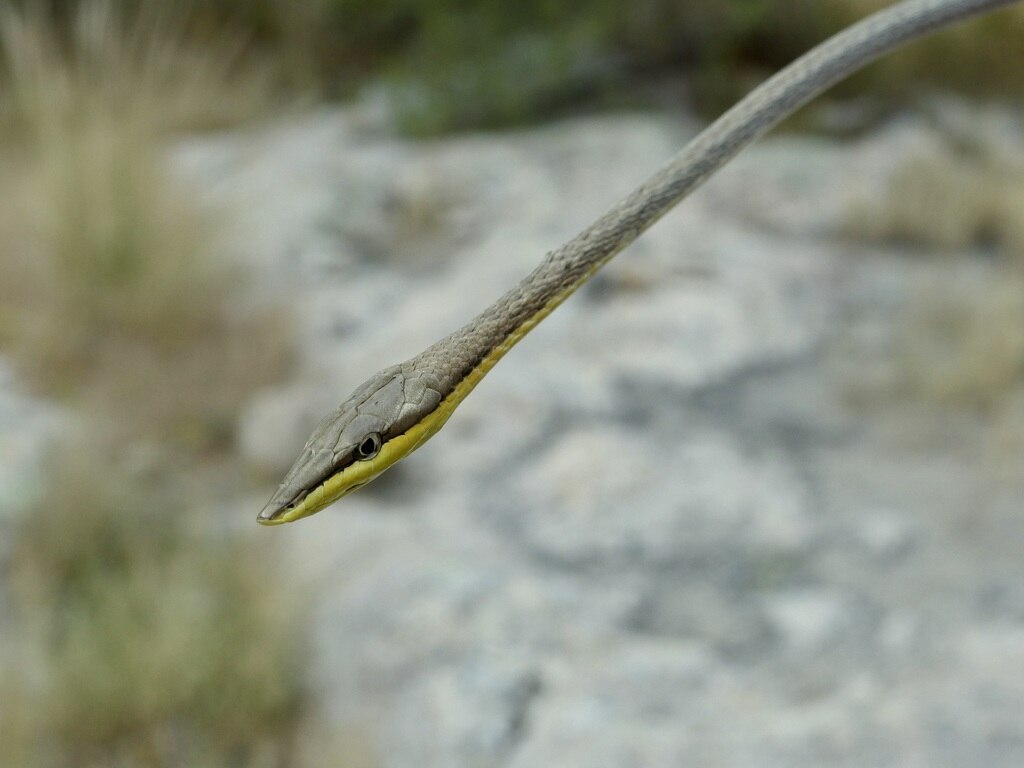
Snakes have evolved sophisticated behavioral strategies to maintain their preferred temperature range, known as their “preferred optimum temperature zone” (POTZ). They actively shuttle between warm and cool microhabitats throughout the day in a process called “behavioral thermoregulation.” In the wild, snakes can be observed basking in the sun during morning hours to warm up, then retreating to shade or underground burrows when they reach optimal temperature. Many species become most active during dawn and dusk (crepuscular behavior) specifically to avoid temperature extremes. Some snakes even adjust their body posture—straightening to maximize sun exposure when cold or coiling tightly to reduce surface area when warm—demonstrating just how central temperature management is to their daily existence.
Thermal Gradients: Nature’s Temperature Control

In natural habitats, snakes rely on thermal gradients—areas with varying temperatures across a relatively small space—to precisely regulate their body temperature. A single habitat might offer sun-baked rocks, partial shade, dense vegetation, and cool burrows all within slithering distance. This environmental diversity allows snakes to fine-tune their body temperature by moving just a short distance between microhabitats. For example, a snake might warm itself on a sun-exposed rock in the morning, retreat under a log during the hottest part of the day, then return to a warm surface that has retained heat as evening approaches. These natural thermal gradients are sophisticated temperature regulation systems that have shaped snake evolution and behavior for millions of years.
Seasonal Adaptations and Brumation
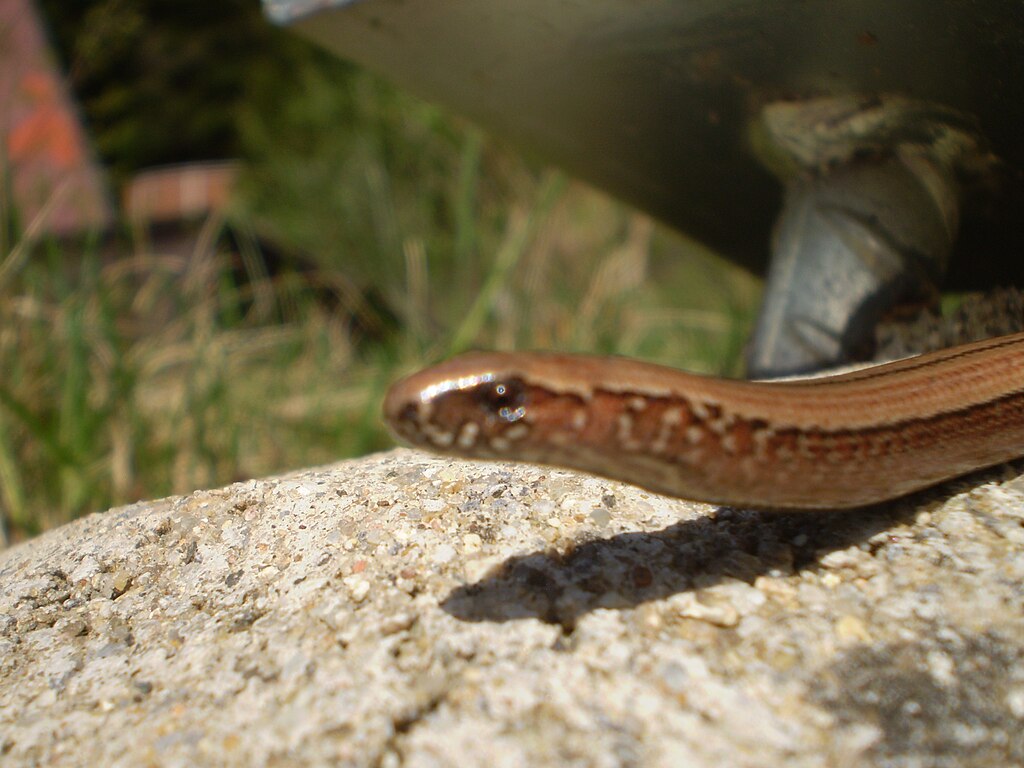
As seasons change, snakes must adapt their thermoregulatory behaviors to survive temperature extremes. In temperate climates, most snake species undergo brumation—a reptilian version of hibernation—during colder months when maintaining adequate body heat becomes impossible. During brumation, metabolic processes slow dramatically, allowing snakes to survive extended periods without food while their body temperature drops significantly. Before entering this state, many snakes actively seek out specific microhabitats known as hibernacula—protected spaces like rock crevices, mammal burrows, or rotting logs that offer stable, moderate temperatures safe from freezing. These cool but not cold retreats demonstrate how precisely snakes must regulate their temperature even when inactive, choosing locations that provide protection from both heat and severe cold.
Cool Retreats in Arid Environments

Desert-dwelling snake species face particularly extreme thermoregulatory challenges, with surface temperatures often exceeding 60°C (140°F)—well above lethal limits for any reptile. These specialists have evolved remarkable adaptations for finding and utilizing cool retreats in seemingly inhospitable environments. Many desert snakes are nocturnal, remaining in cool underground burrows during daylight hours and emerging only after sunset when temperatures drop to manageable levels. Species like the sidewinder rattlesnake can dig into cool sand several inches below the scorching surface in seconds when threatened by heat. Gila monsters and desert night snakes often utilize abandoned rodent burrows or rock crevices that maintain stable, cooler temperatures regardless of surface conditions. Even in the harshest deserts, these cool microhabitats often remain within the 25-30°C (77-86°F) range that many reptiles prefer.
Implications for Captive Snake Care
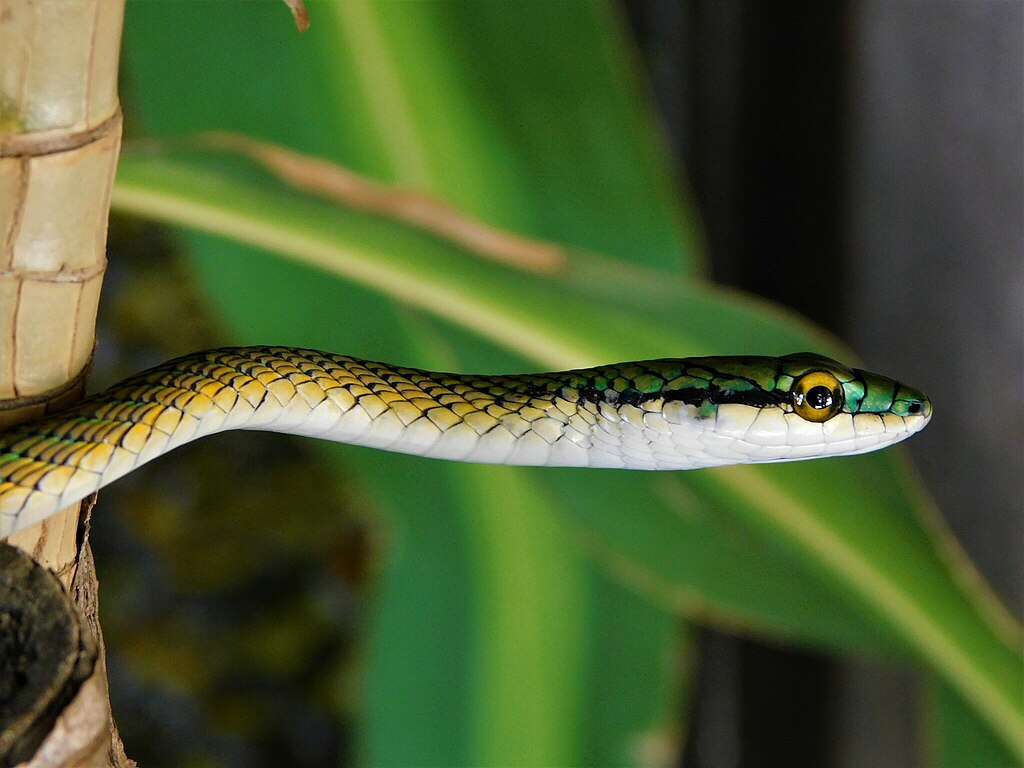
Understanding the critical importance of cool retreats has revolutionized captive snake husbandry practices. Responsible reptile keepers now recognize that providing a proper thermal gradient is perhaps the single most important aspect of snake care. Modern enclosures typically feature a temperature differential of at least 10°F between the warm and cool ends, allowing captive snakes to thermoregulate naturally. This gradient is usually created using heat sources like under-tank heaters or ceramic heat emitters on just one side of the enclosure. Equally important are multiple retreat options—caves, hides, or shelters positioned throughout the temperature gradient, including the coolest areas. Without these cool retreats, captive snakes suffer chronic stress and health problems even if adequate heat is provided, demonstrating how essential both temperature extremes are for proper reptile care.
The Digestive Connection
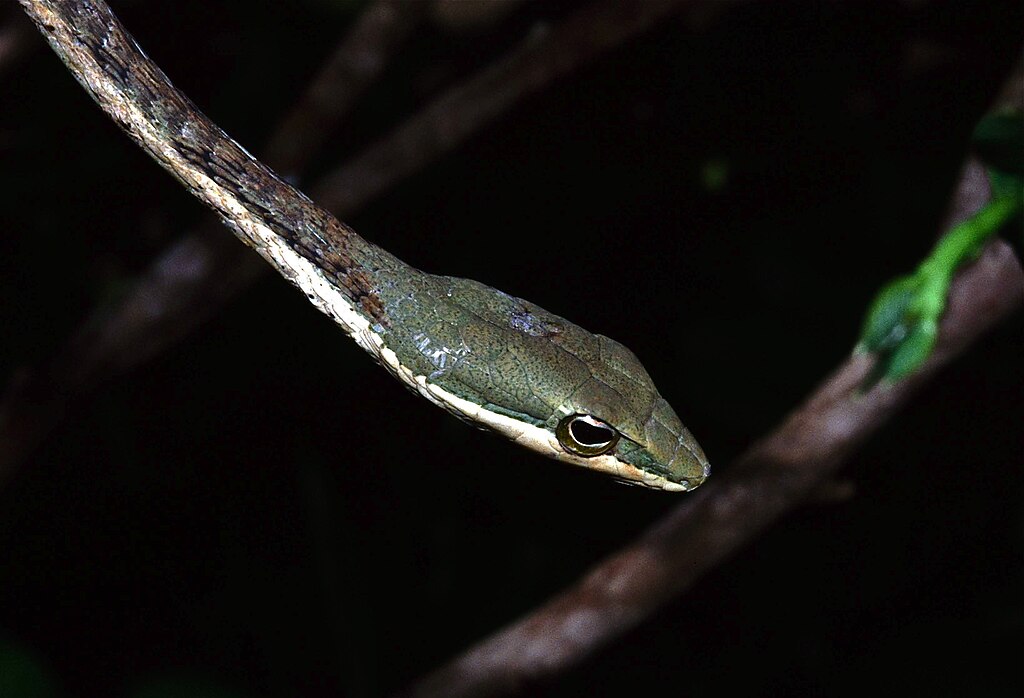
A snake’s need for temperature regulation extends beyond basic survival to directly impact crucial physiological processes like digestion. After consuming a meal, most snake species seek out warmer temperatures in a behavior known as post-prandial thermophily, which speeds up digestive enzymes and metabolism. However, this increased internal activity generates additional body heat, potentially putting the snake at risk of overheating if they cannot retreat to cooler areas as needed. Without access to cooling retreats, a fed snake might experience dangerous spikes in body temperature, particularly in enclosed spaces. Conversely, if forced to remain in overly cool conditions, digestion may stall completely, leading to regurgitation or putrefaction of food in the gut—both potentially fatal outcomes. This delicate balance between warming for digestion and cooling to prevent overheating demonstrates the sophisticated temperature dance snakes must perform even for basic biological functions.
Reproductive Requirements for Temperature Variation
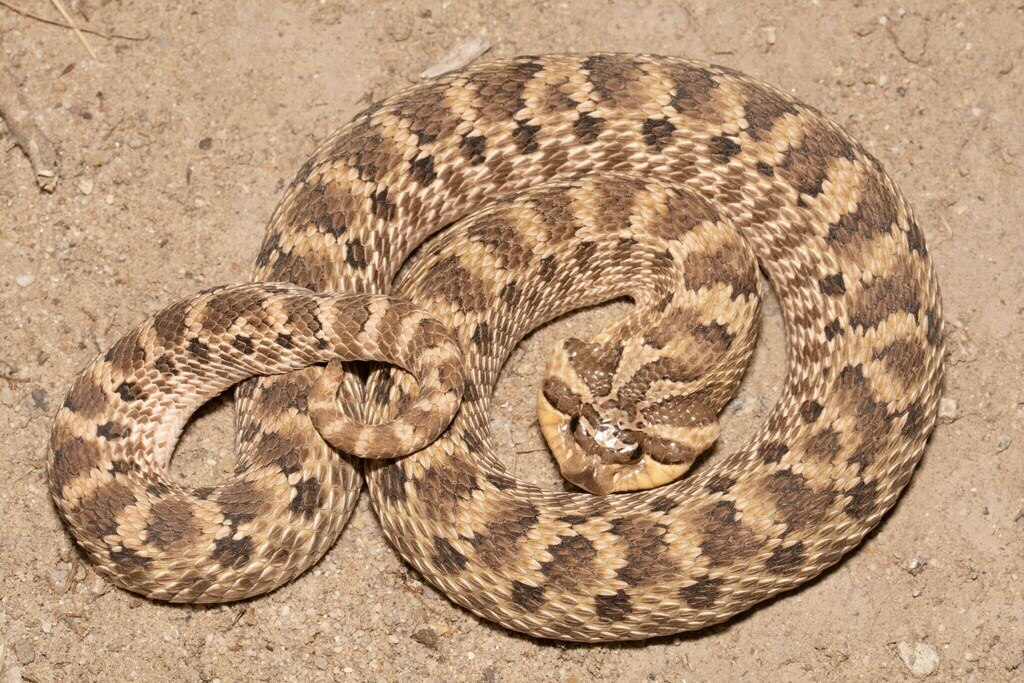
Reproduction in snakes is intricately tied to temperature regulation, with cool retreats playing several vital roles in successful breeding. Female snakes often alter their thermoregulatory behaviors during pregnancy, seeking more consistent or slightly elevated temperatures to support embryonic development. However, even gravid females require periodic cooling to prevent metabolic stress and overheating. In species with temperature-dependent sex determination (TSD), the temperature at which eggs develop directly influences the sex ratio of offspring, making precise thermal regulation evolutionary significant. Male snakes often require a cooling period followed by warming to trigger sperm production and mating behaviors, essentially using temperature changes as reproductive cues. This complex relationship between reproduction and temperature demonstrates how cool retreats aren’t just for comfort—they’re essential components of the snake life cycle.
Urban Heat Islands and Snake Conservation
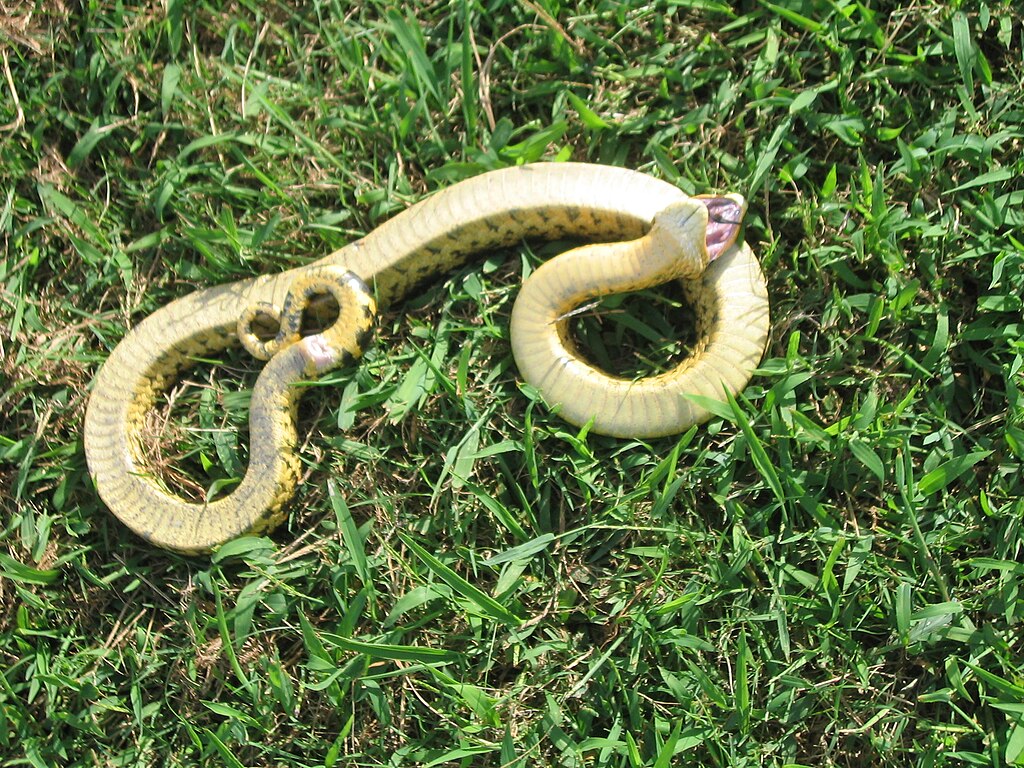
Human development poses unique thermoregulatory challenges for wild snake populations through the urban heat island effect—where cities maintain significantly higher temperatures than surrounding natural areas. This phenomenon eliminates many natural cool retreats while simultaneously raising ambient temperatures, creating potentially lethal conditions for native reptiles. Research shows that snake species diversity typically decreases near urban centers, with temperature extremes being a major contributing factor. Conservation efforts increasingly focus on maintaining or creating thermal refuges—protected cool areas that allow snakes to escape urban heat stress. Simple measures like leaving fallen logs, creating rock piles, or maintaining shaded vegetation corridors can provide essential cool retreats for urban snake populations. As climate change intensifies, these manufactured cooling zones may become increasingly vital for snake conservation worldwide.
Neurological Function and Temperature

A snake’s neurological performance is remarkably temperature-dependent, with both excessive heat and cold significantly impairing brain function. Research demonstrates that snakes perform complex tasks like hunting, navigating, and threat assessment most effectively within a narrow temperature range specific to each species. When overheated without access to cooling retreats, snakes experience neurological symptoms similar to heat stroke in humans—disorientation, loss of coordination, and eventually unconsciousness. Studies using infrared imaging show that snakes actively regulate brain temperature more precisely than body temperature, sometimes cooling their heads while warming their bodies. This sophisticated neural thermoregulation requires reliable access to cooling zones even when the rest of the body benefits from higher temperatures. For many species, neural function begins to deteriorate at temperatures just 5-7°F above their preferred optimum, highlighting how critical cool retreats are for maintaining not just physical health but cognitive capabilities.
Climate Change Implications for Snake Thermoregulation
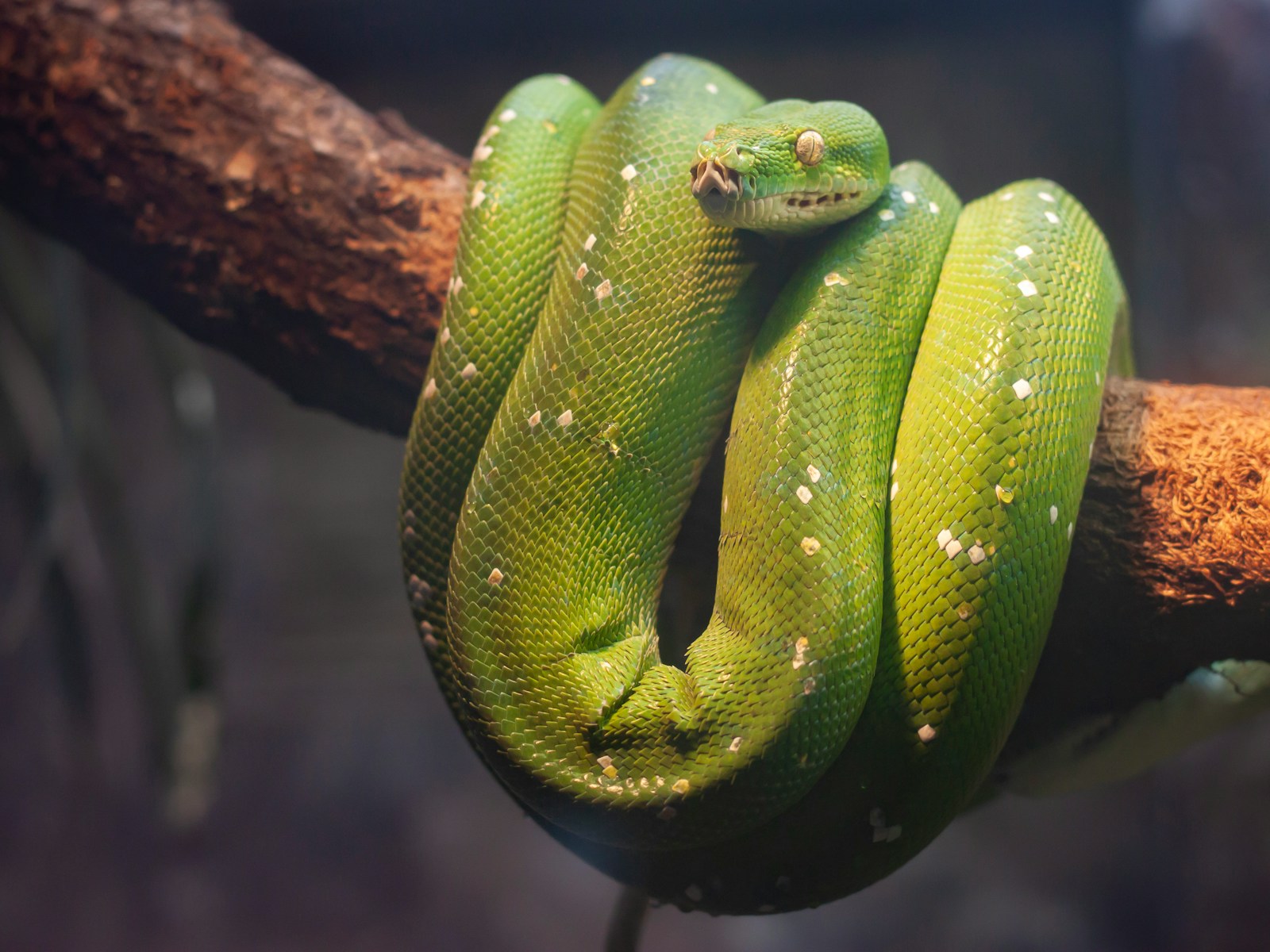
As global temperatures rise due to climate change, access to adequate cooling retreats is becoming an existential issue for many snake species worldwide. Models predict that by 2050, some regions may experience monthly average temperatures exceeding the thermal maximum for local reptile species, creating environmental conditions incompatible with snake survival without sufficient cooling options. This threat is particularly acute for specialized or range-restricted species with narrow thermal tolerances or limited ability to relocate to more suitable habitats. Montane and alpine snake species face “summit traps”—being pushed upward by warming until they literally run out of mountain to climb, with no higher cool retreats available. Conservation strategies increasingly focus on identifying and protecting thermal refugia—naturally occurring cool areas that may serve as lifeboats for temperature-sensitive species. The preservation of these critical cool zones, from deep rock crevices to shaded forest floors, may ultimately determine which snake species can adapt to our rapidly warming world.
Conclusion
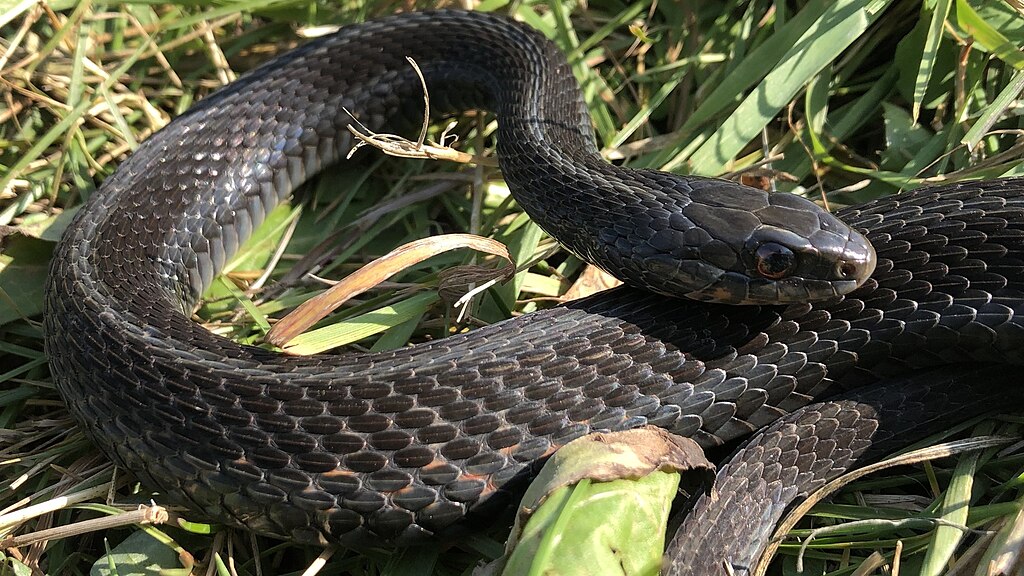
The humble cool retreat—whether it’s a shaded rock crevice, an underground burrow, or a forest floor—plays an outsized role in snake biology that goes far beyond simple comfort. For these ectothermic marvels, access to cooling zones represents the difference between life and death, successful reproduction or failure, and effective hunting or neurological dysfunction. As we deepen our understanding of snake thermoregulation, it becomes increasingly clear that conservation efforts must protect not just the animals themselves but the full spectrum of thermal environments they require. Whether in captivity or the wild, snakes remind us that temperature management isn’t just about accessing heat—it’s about maintaining the delicate balance that all life requires to thrive.

